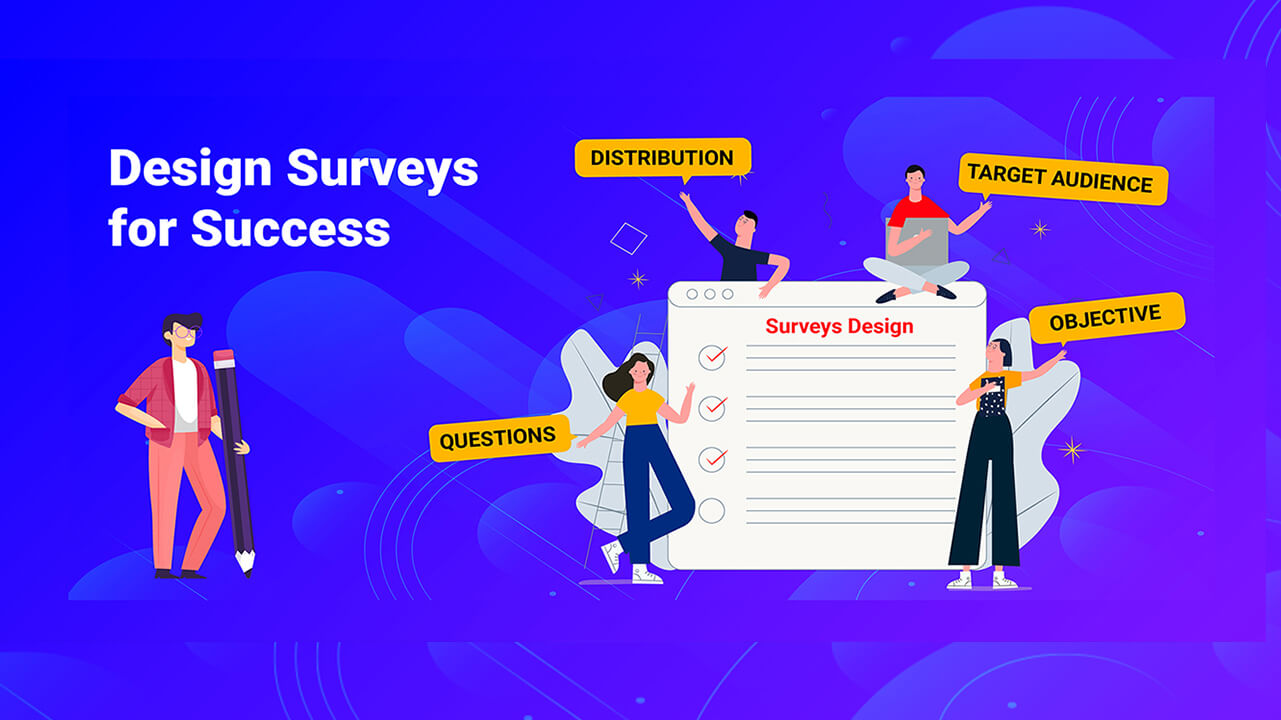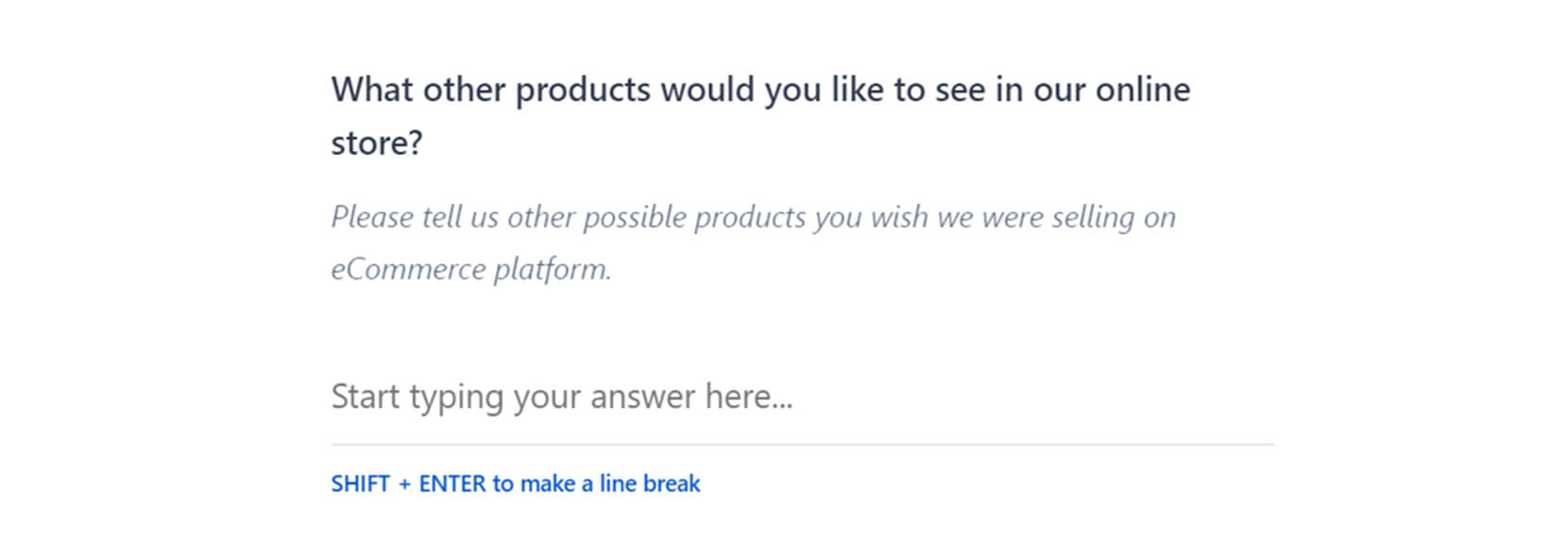Innovative Team Collaboration: 3 Tools for Seamless Project Management
Read More

Surveys are a great tool to capture meaningful information to understand the likes and dislikes of your customers.
Using the approach of Outside In: The Power of Putting Customers at the Center of Your Business helps designing surveys for success.
Keeping the balance in needs of research and customers’ ease to answer surveys is the key mantra.
If you’ve ever created a survey, you know it’s not as simple as it seems at first glance. Creating a well-rounded survey takes more than just picking a tool, typing a few questions, and hitting send.
Let’s take a quick peek into what are the key elements to make surveys for success.
Have a clear end goal in mind before you proceed to Design your survey. You get the right answers only when you ask the right questions. Understand what you want to analyze and do reverse planning to reach your goal.
It is critical to understand how is your target audience for this survey. The number of questions, question language, and tone would vary according to the target audience.
If someone is using your product, you can use the language which is specific to your product ( like a module, feature name, etc) but if your target audience has never used your product, the product-specific language may confuse them.
Distribution Methods are important to get more responses. Identify what works best for your target audience and choose the preferred mode of distribution.
Doing this provides varied opportunities to increase the reach of your questionnaire to the respondents. Understanding when and how to survey your audience directly affects the efficacy of your survey.
For example, if we are conducting an Employee Feedback Survey, keeping it anonymous would get you more responses. Also, geographical distribution matters.
Offline mode is more preferred when the target audience lies in digitally disconnected areas, whereas, use of digital modes (SMS, Email, Social Media, Whatsapp, website intercepts) is more effective in tier-1 and 2 cities.
Who doesn’t like a personalized experience? Craft your surveys in a user-specific way. Use first names, company names, or even their services as a reference in survey questions or messages. It helps the respondent feel like he/she is known.
Do not ask for the information which you already have. For example- If you already have the basic details of the respondent from the Onboarding Survey, then asking the same details again in Service Feedback Surveys or other surveys will definitely irritate your customer.
PII (Personally identifiable information) questions should not be asked unless you need them for your research e.g. Ask only required demographics – or just age group range instead of the actual date of birth, name of the city instead of a postal address.
Taking consent for using their information before you take it is really important and mandate as per GDPR compliance.
Open text questions are an important source to get the true sentiment of customers. Its important we only ask relevant and important open-ended questions. We should ensure not repeating the same questions as it can reduce the response rate of the survey.
Such questions should be kept optional as the best survey practice. In some cases where an open-ended question is truly a desire for your research, you can keep them mandatory but ensuring that a single survey should not have more than 1 or 2 open-end questions.
An example of expected information can be added in question description to increase the response rate of open questions.

Use your question text to avoid biases. Example: How superior was today’s training session?
This immediately brings a positive stimulus to the question.
Use positive and negative both choice options. Example: How satisfied or dissatisfied are you with today’s transaction at Walmart?

Such questions have 2 distinct parts included in the same question and create confusion in the respondent’s mind as to how to answer such questions. Example: Are the product features interesting and useful?
Such questions should be broken down and asked separately against each attribute.
A clear flow of Question (User experience should be logical) – Questions flow should be kept in a logical order. This keeps the respondent engagement in the survey and increases the response rate. Be mindful and do not ask leading questions to annoy the respondent.
The survey in the native language of the customer – Keeping a survey in the local language of the customer helps them to understand the context of the question better.
This helps to achieve a better quality of response and an increased response rate. This is of more importance in case your sample respondent is not fluent in your language.
With researches, a common estimation of the attention span of healthy teenagers and adults ranges from 10 minutes to 20 minutes. Keep the length short to increase the quality of responses.
Average customer satisfaction surveys should not have more than 5 questions. Relationship surveys sent over a period can contain from 12 to 20 questions.
Do not forget to compile and check for grammar and spelling in your questionnaire. Such small mistakes can leave a bad impression of the brand.
Once you’ve written a well-rounded and effective survey with well-selected questions, you will be well on your way towards getting a high response rate and actionable results.
If you have more questions, we will be happy to help! Contact us for more information about writing a great survey for your customers that gets a good response rate.
